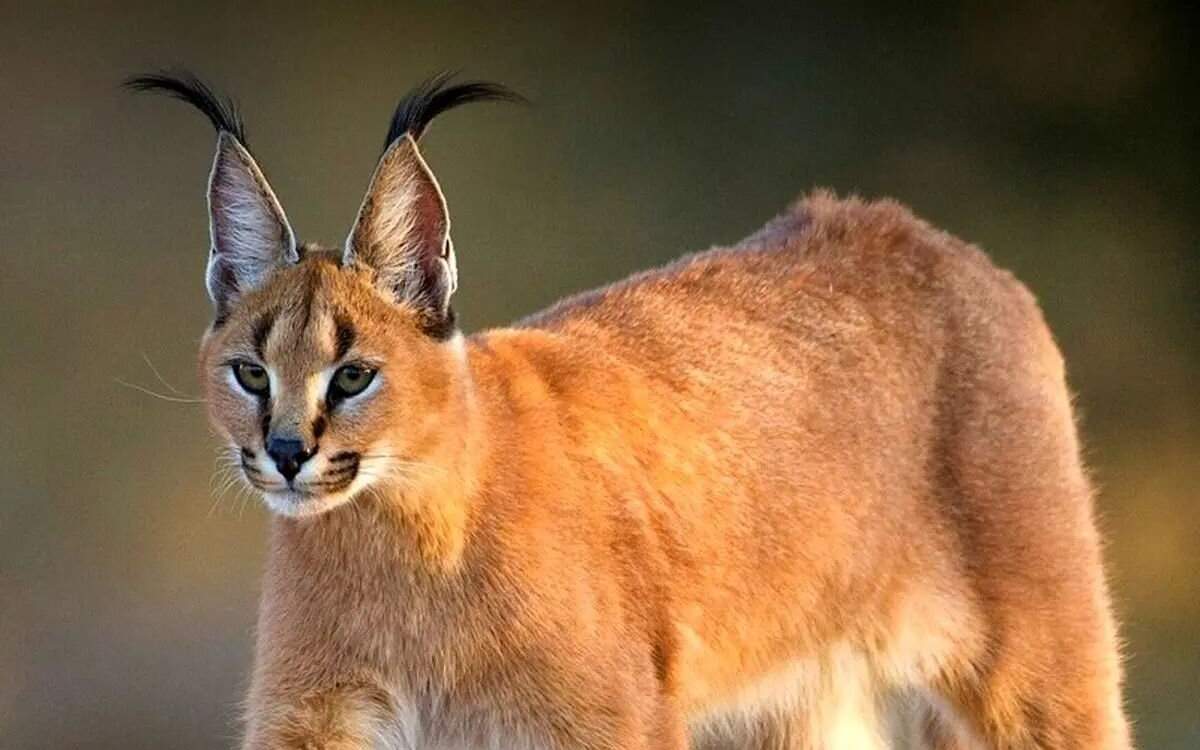The Iran Project
: According to experts, the current penalties do not provide a significant deterrent effect for wildlife crimes, so it has been decided to triple them, an official with the Department of Environment has said.
Monday 15 April 2024 - 16:05
Story Code : 419648
Source : Tehran Times
DOE plans to triple penalties for wildlife crimes
Endangered species such as the Asiatic cheetah, which is also considered one of the main protected species, will attract the highest penalties.
The fine rate for offenses against other animal species, such as leopard, yellow deer, Persian zebra, black bear, brown bear, great bustard, falcon, and saker falcon, will increase this year.
The initial proposal was to raise the penalties by 10 times the current rate to tackle the increase in wildlife crimes. However, it was not approved in the preliminary meetings of the Supreme Council for Environment Protection leading to triple penalties for wildlife crimes, which will be finalized in the next meeting of the council.
Ebdali went on to say that road accidents are the other source of threat to animals which cannot be traced to penalize the killers due to lack of cameras on the roads.
To reduce wildlife species’ deaths due to road accidents further actions need to be taken.
The least expensive measure to tackle the problem is to secure roads next to animal habitats; increase the number of warning signs, and install enough electric light poles as well as fencing to help species survive.
Endangered species
More than 8,000, 2,000, and 25,000 species of plants, vertebrates, and invertebrates, respectively, show Iran's rich biodiversity and the importance of its preservation.
Wildlife conservation, which includes protecting all living things on the planet, plant and animal species, and microorganisms, means preserving the components of a large network. A network wherein all the components are interconnected and depend on each other in different ways.
People everywhere rely on wildlife and biodiversity-based resources to meet their needs - from food, to fuel, medicines, housing, and clothing. By saving wildlife we protect all forms of life on the planet, ourselves, and ultimately maintain the balance of life on the earth
There are many threats to endangered wildlife species, including mammals, reptiles, amphibians, fish, and birds.
Habitat destruction, fragmentation, and modification caused by human-led activities such as industrial and residential development, logging, crop farming, livestock grazing, mining, road and dam building, and pesticide use have taken an extreme toll on threatened and endangered wildlife populations at an alarming rate.
Currently, about 128 species of animals and vertebrates in the country are at risk of extinction, some of which are not in good condition, and amphibians are the most vulnerable in this area.
Conservation efforts
In the last few years, protecting animal species in their original habitat has been considered one of the main tasks of the Department of Environment (DOE).
The DOE has formed four ad hoc committees for the preservation of imperiled animal species.
Several meetings and consultations have been held with some other countries to benefit from their scientific and experimental capacities in the preservation of species such as the Asiatic cheetah, the great bustard, the leopard, and houbara bustard.
Holding several workshops and training courses on getting to know reptiles and amphibians, leopards, aquatic animals, and existing challenges, as well as diagnosing their diseases and ways to prevent them, are among other important measures that have been taken.
Also, the number of protected areas has increased to 309, Asiatic cheetah and yellow deer are two examples of endangered species in protected areas.
Reporter : Editorial of The Iran Project
# Tags











